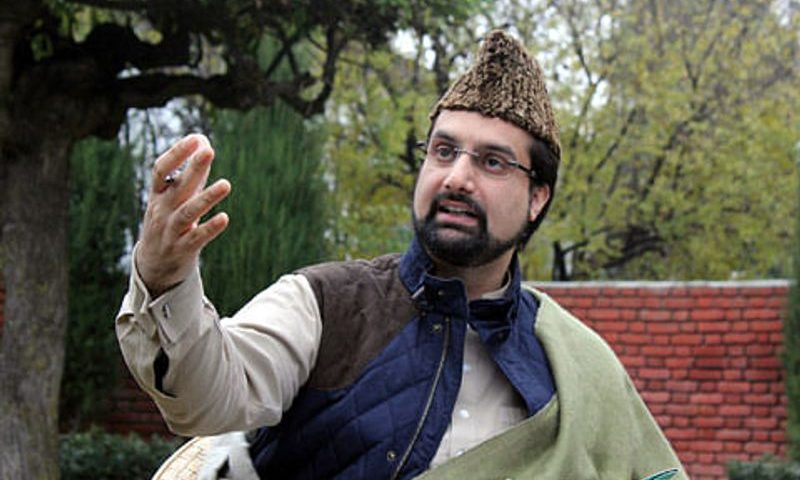In the wee hours on Monday when the Kashmir valley was getting blanketed by the first snow, two fidayeen tried to sneak into a paramilitary camp in Srinagar’s commercial neighbourhood, marking the beginning of a rare gunfight deep inside the state’s heavily guarded summer capital.
Even as an alert paramilitary sentry repelled their attempt to sneak into the battalion base, the militants barricaded themselves in a nearby five-storeyed building leading to a lengthy gunfight that continued overnight and ended on Tuesday afternoon.
The Monday fidayeen assault in Srinagar was the fourth such attack in the last eight years in the city. The three earlier fidayeen attacks had taken place in August 2016, March 2013 and January 2010.
The latest attack, however, had a dangerous facet. It took place at a time when security forces in the region were battling a series of back-to-back fidayeen squads, which are trained to penetrate the heavily fortified bases and are determined to kill and die.
When the Srinagar attack unfolded, the security forces were still conducting a mopping-up operation at an Army camp in the state’s winter capital Jammu, where six soldiers were killed in a similar fidayeen attack.
Inspector General of Police, Kashmir zone, Swayam Prakash Pani, said the preliminary evidence traces the attack to the Lashkar-e-Toiba. This indicates that the militant group still has the capacity to carry out deadly attacks despite losing its top commanders and a bulk of its foreign cadres.
Even as the two militants failed to breach the security ring around the paramilitary base housing the battalion headquarters of the Central Reserve Police Force (CRPF), the attempted raid was significant and alarming.
It unveiled the militants’ capability to strike at will despite an intelligence alert about the possibility of such attacks on the anniversaries of militants Maqbool Bhat and Afzal Guru, who were hanged in New Delhi’s Tihar Jail in 1984 and 2013 and who became symbols for the region’s insurgency.
“It is really alarming. If this becomes a trend then it will be dangerous,” said a senior police officer, who has served as head of a counter-insurgency unit in the city.
Karan Nagar, where Monday’s attack took place, is a major commercial neighbourhood of Srinagar and one of the high security zones as it houses command centres of the police and offices of top police officers and DIG of the CRPF.
The attack also assumes significance as Srinagar is the summer seat of the state government and one of the most protected districts of the state with 25 police stations dotting its landscape, the highest for a district in the Kashmir valley.
The police officer said the fidayeen ride on two advantages which guarantee casualties as well as neutralise the benefit of intelligence inputs.
“The first is that they hide among civilians and the second is that they can keep the surprise element of choosing the target and time. So they always have an edge,” the officer said.
Another police officer, posted in Srinagar, said it would premature to describe the Karan Nagar attack as “significant”. “It is one solitary incident so far. It is not yet a trend but if it becomes a trend then it is a cause of serious worry.”
The chances of it becoming a trend are however real as police sources say intelligence inputs warn of possibility of another attack in the city.
“There is input that there is every possibility that militants might carry out another attack in the city, either a fidayeen or a car bomb,” said a police officer in the city.
Penetrating high security zone
Karan Nagar, where Monday’s attack took place, is a major commercial neighbourhood of Srinagar and one of the high security zones as it houses command centres of the police
The attack also assumes significance as Srinagar is the summer seat of the state government and one of the most protected districts of the state with 25 police stations dotting its landscape, the highest for a district in the Kashmir valley
Rare Srinagar attack signals ultras ability to strike at will






